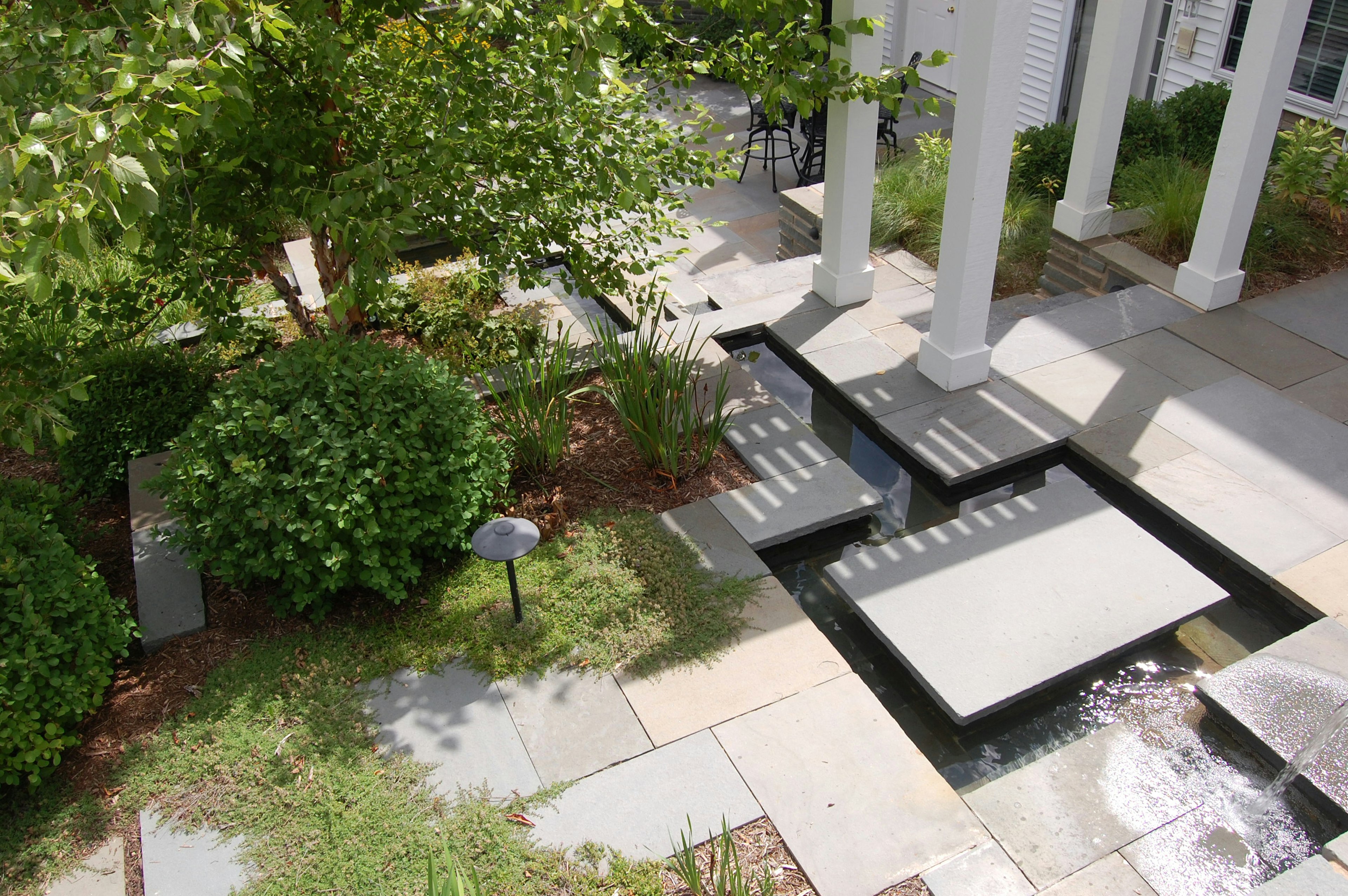
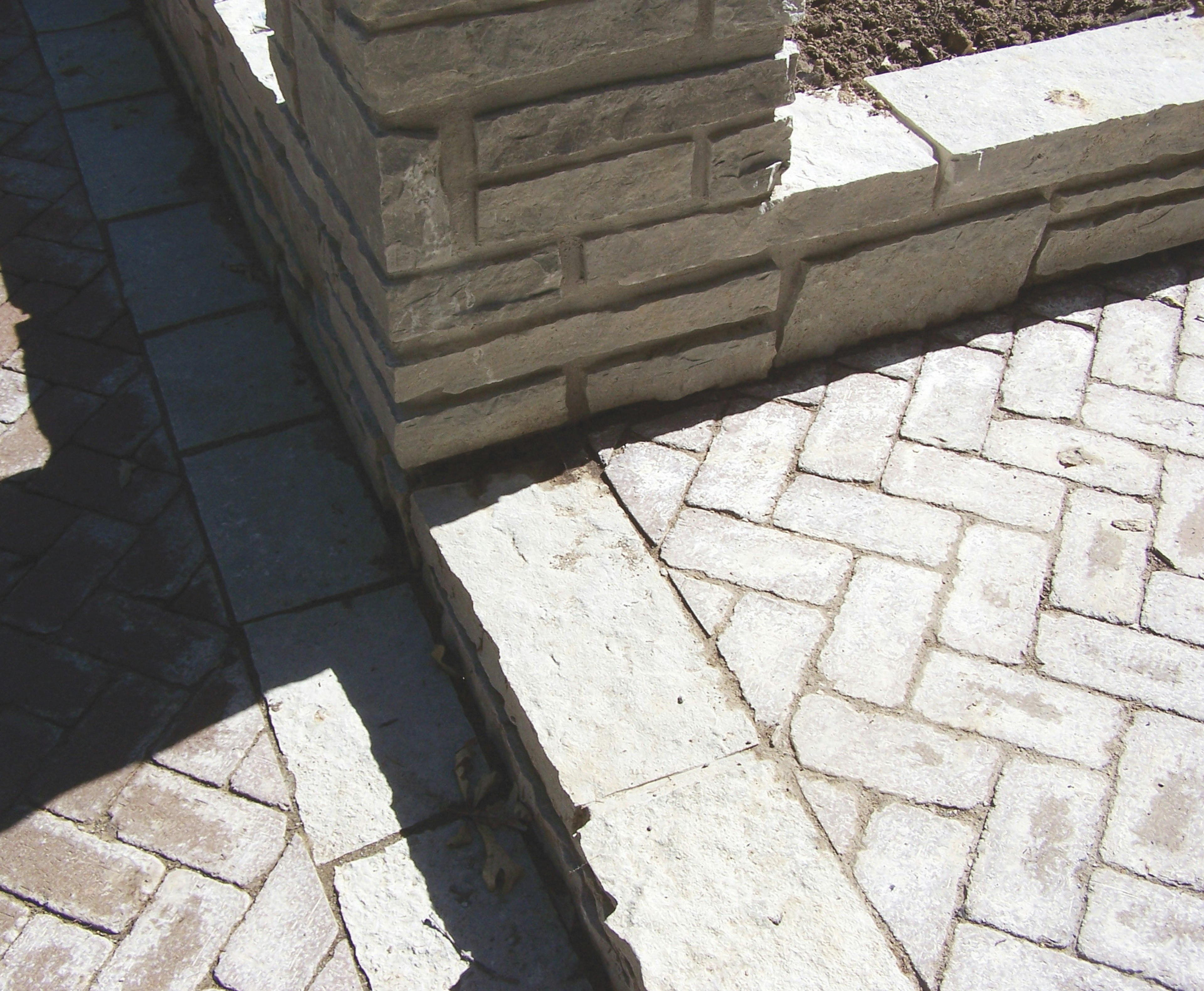
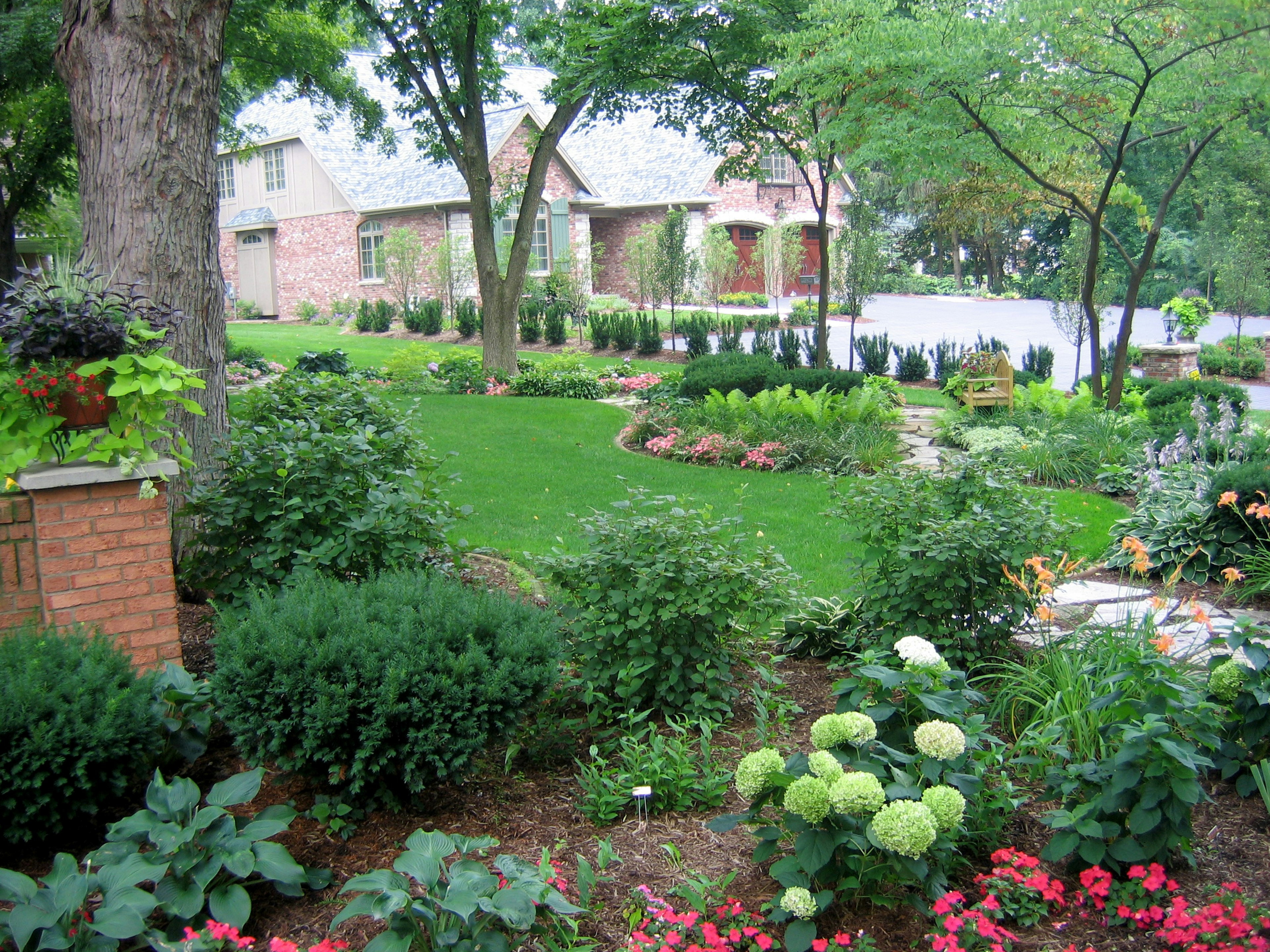
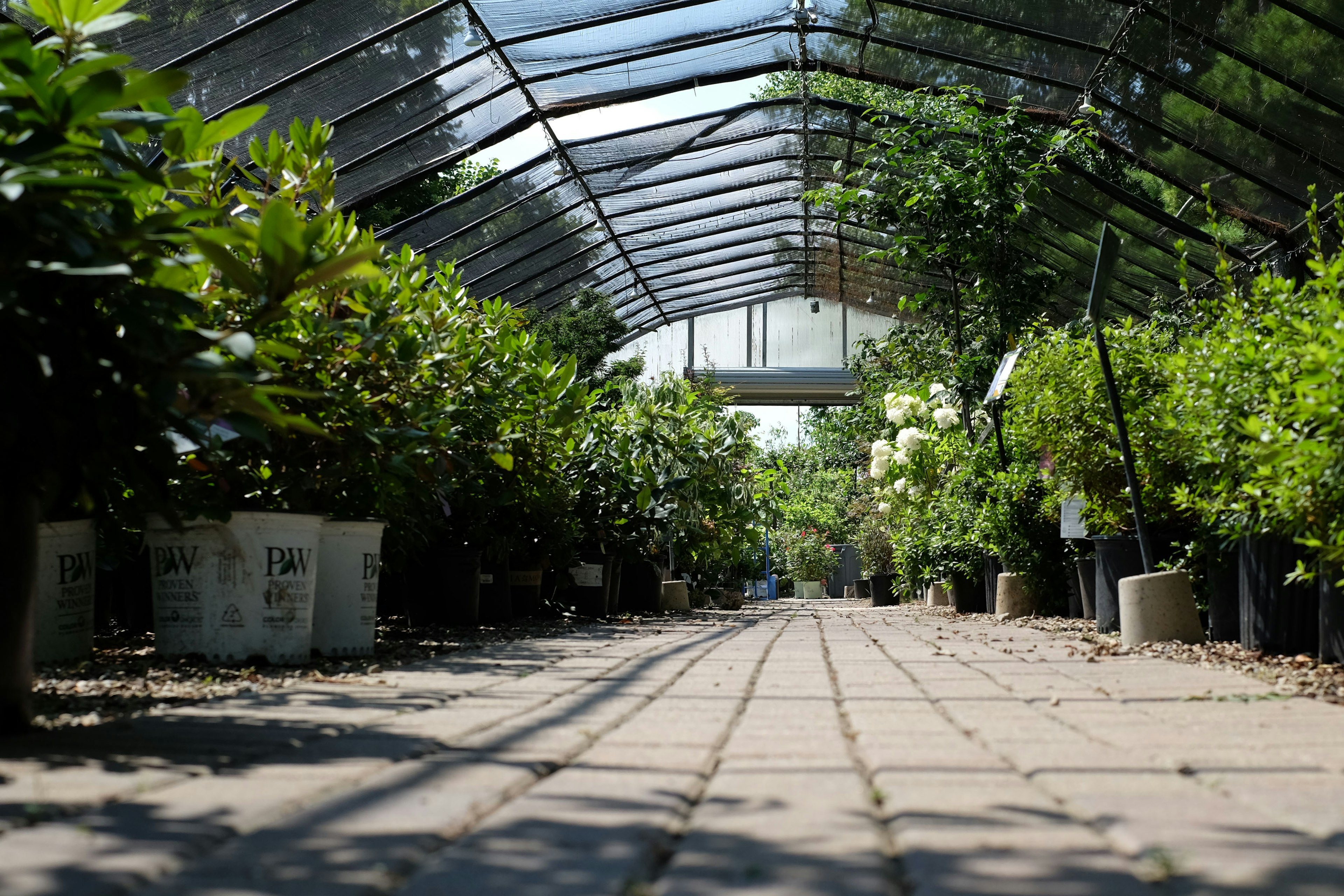
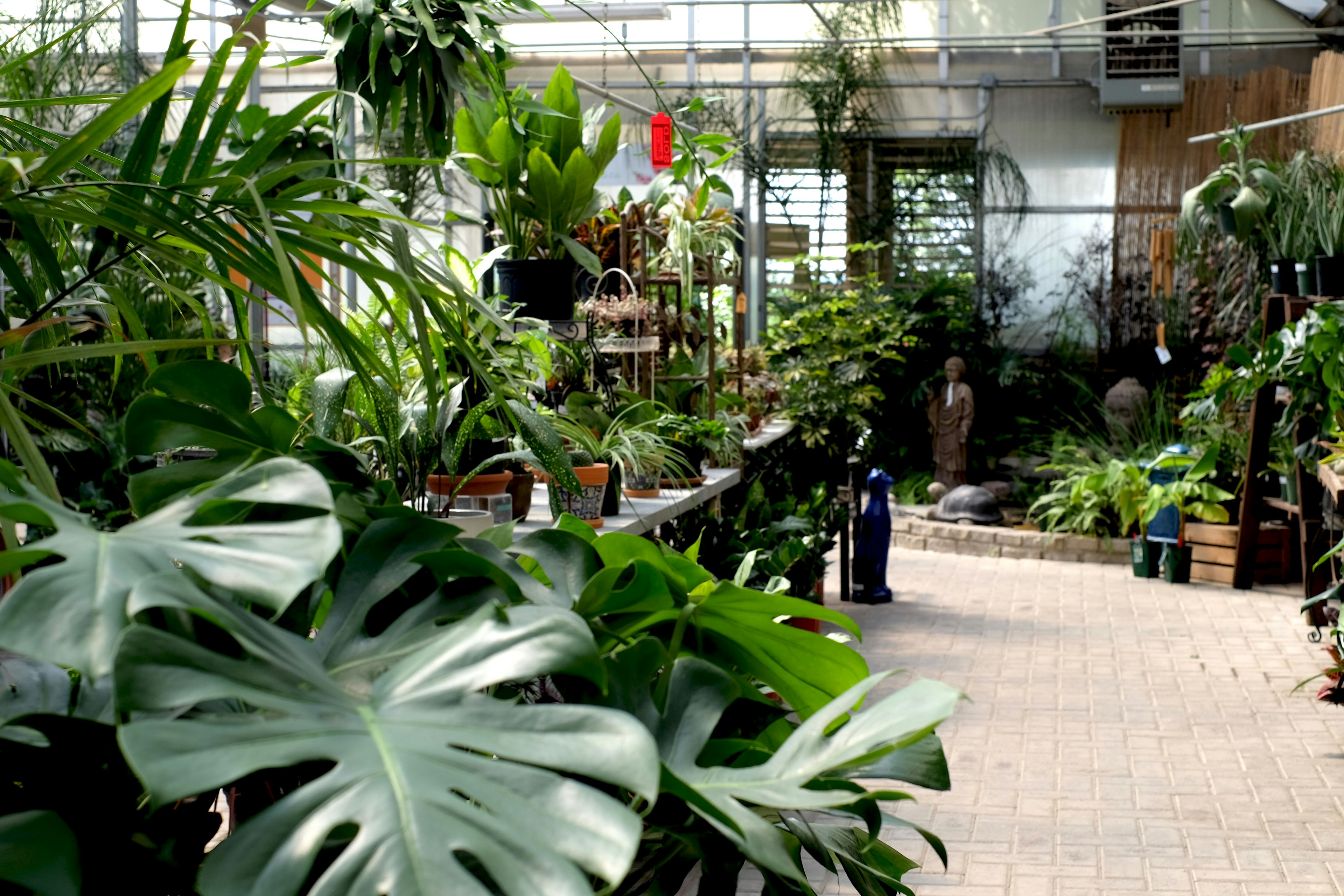

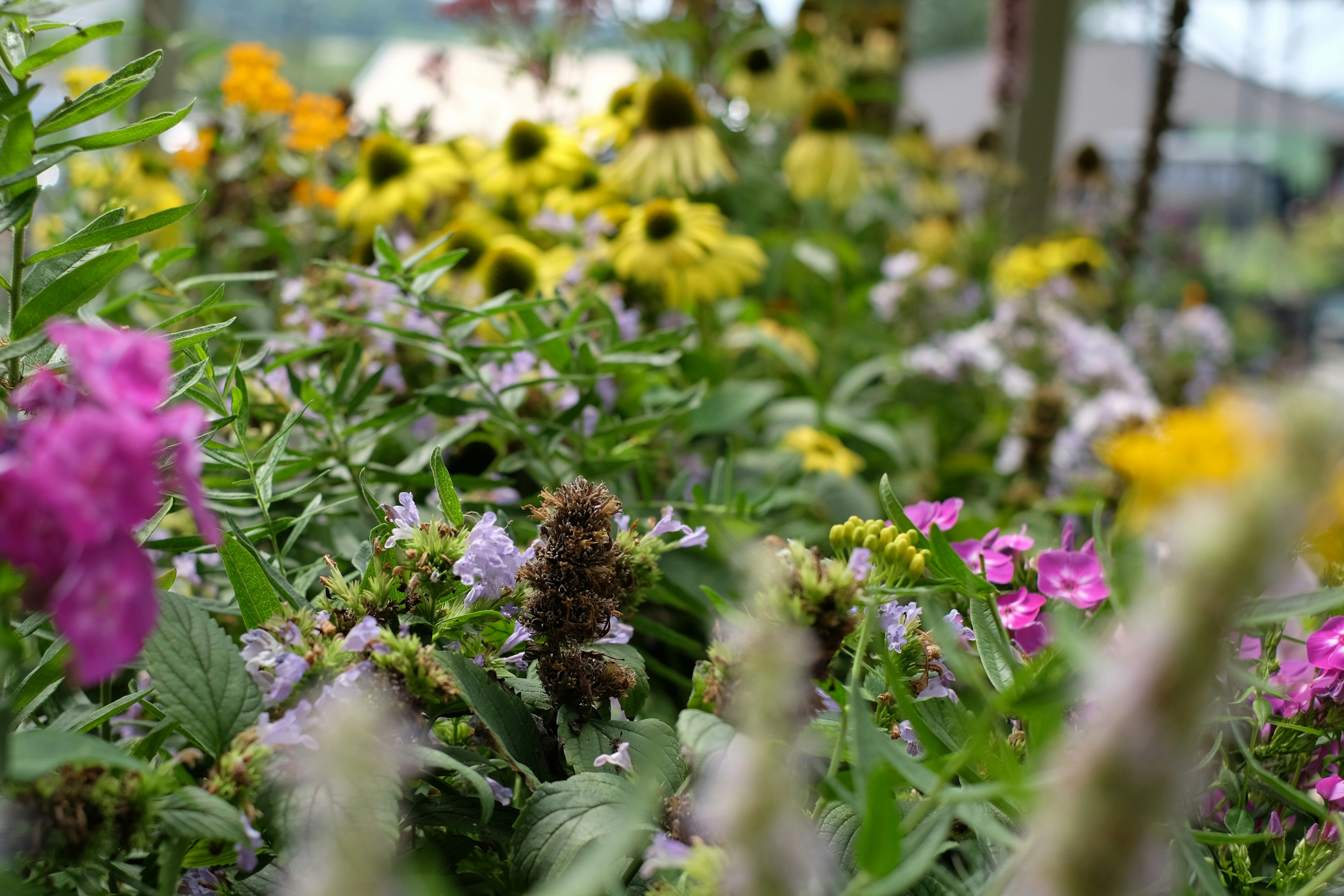

Maintenance
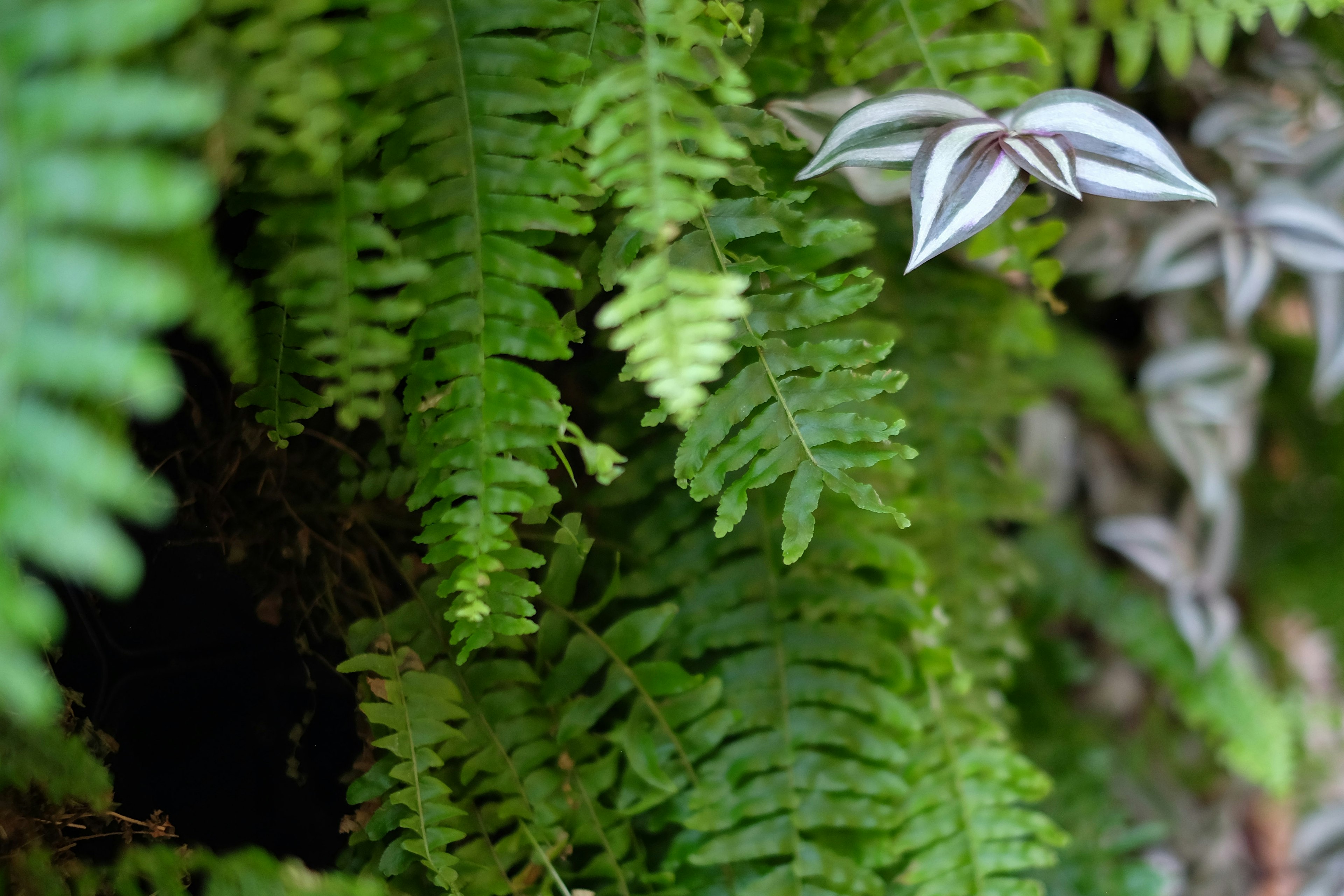
Strategies for Success Battling Japanese Beetles
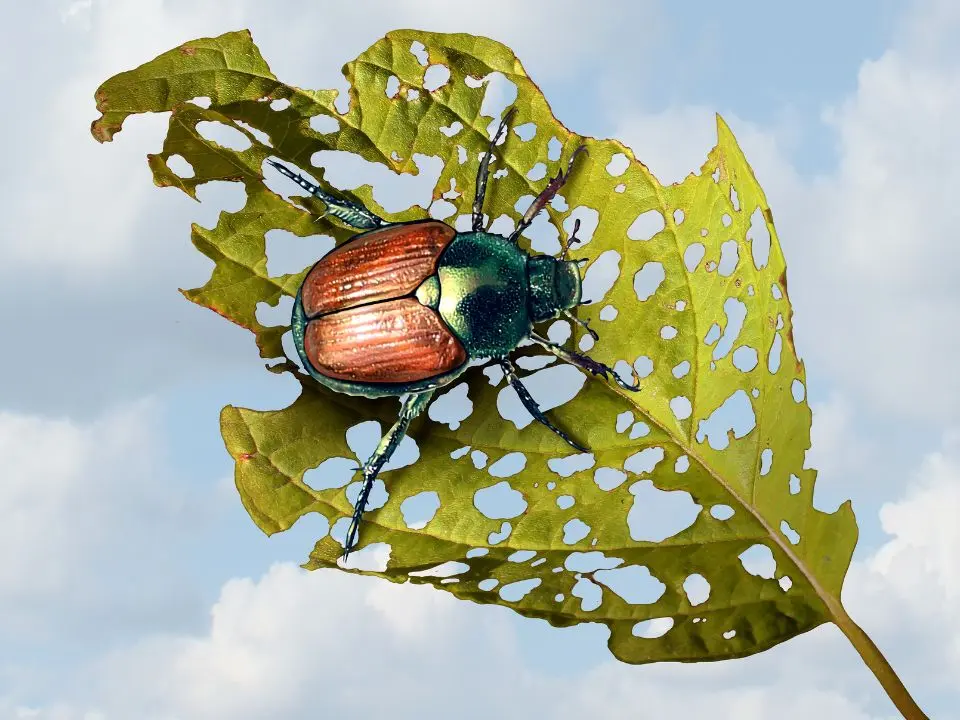
When the beauty of an Illinois summer unfolds, so do the challenges for our gardens and lawns. Among the many pests that might invade our landscapes, the Japanese beetle (Popillia japonica) stands out as a particularly notorious culprit. Characterized by its metallic green body with copper-brown wing covers, the Japanese beetle is a feast for the eyes and a nightmare for gardeners. This article will explore this pest's life, habits, and management in your landscape.
Understanding the Japanese Beetle
Originally from Japan, the Japanese beetle was first detected in the U.S. in 1916. Since then, it has become widespread. These beetles have an appetite for more than 300 species of plants, feeding on their leaves, flowers, and fruits. Roses, raspberries, grapes, and linden trees are their favorite meals.
Adult beetles emerge from the ground in the early summer and start their feeding frenzy. Their lifecycle is fascinating yet alarming for gardeners. Adult females lay eggs in the soil during mid-summer. These eggs develop into white grubs that feed on the roots of grass and other plants, which can also cause damage, particularly to lawns.
Spotting the Damage
Japanese beetles are leaf skeletonizers. This means they consume the leaf material between the veins, leaving a lace-like structure behind. If your plant leaves appear finely netted, they clearly show Japanese beetle damage.
Management and Control
Controlling Japanese beetles can be a multi-pronged approach:
One of the most organic ways to manage small infestations is by hand-picking them early in the morning when they are most sluggish. Drop them into soapy water to eliminate them.
Beneficial nematodes are microscopic worms that target the grubs in the soil, preventing them from maturing into adult beetles.
Milky spore is a natural bacterium that infects and kills the grubs in the soil.
For severe infestations, chemical insecticides might be the answer. However, be cautious and always follow the label instructions. Remember that these can also impact beneficial insects.
Floating row covers can protect your plants, especially during the 6-8 weeks when adult beetles are most active. However, this may not be feasible for larger landscapes or plants requiring pollination.
Consider planting species that Japanese beetles tend to avoid, like boxwood, dogwood, or red maple.
Commercially available beetle traps use pheromones to lure beetles. While effective in attracting beetles, they often draw more beetles into your yard than you had before, so use them with caution.
To prevent grub larvae in the following year, during the fall season, apply beneficial nematodes or a targeted grub-control insecticide to your lawn and garden, ensuring you're targeting the young grubs feeding during this period.
A Community Effort
Japanese beetle management is most effective when communities come together. If neighbors work together to manage beetle populations, there’s a better chance of reducing their overall numbers. After all, beetles from one yard can easily migrate to another.
With its ravenous appetite, the Japanese beetle can be a challenge for landscapes. However, with a combination of prevention, early detection, and effective management techniques, protecting our beautiful gardens and lawns from their menace is possible. Remember, while they might be persistent, so are we.
Happy gardening!
Fred Romane, Maintenace Manager
We are here to help in Bloomington, Springfield, Champaign, and Peoria, IL